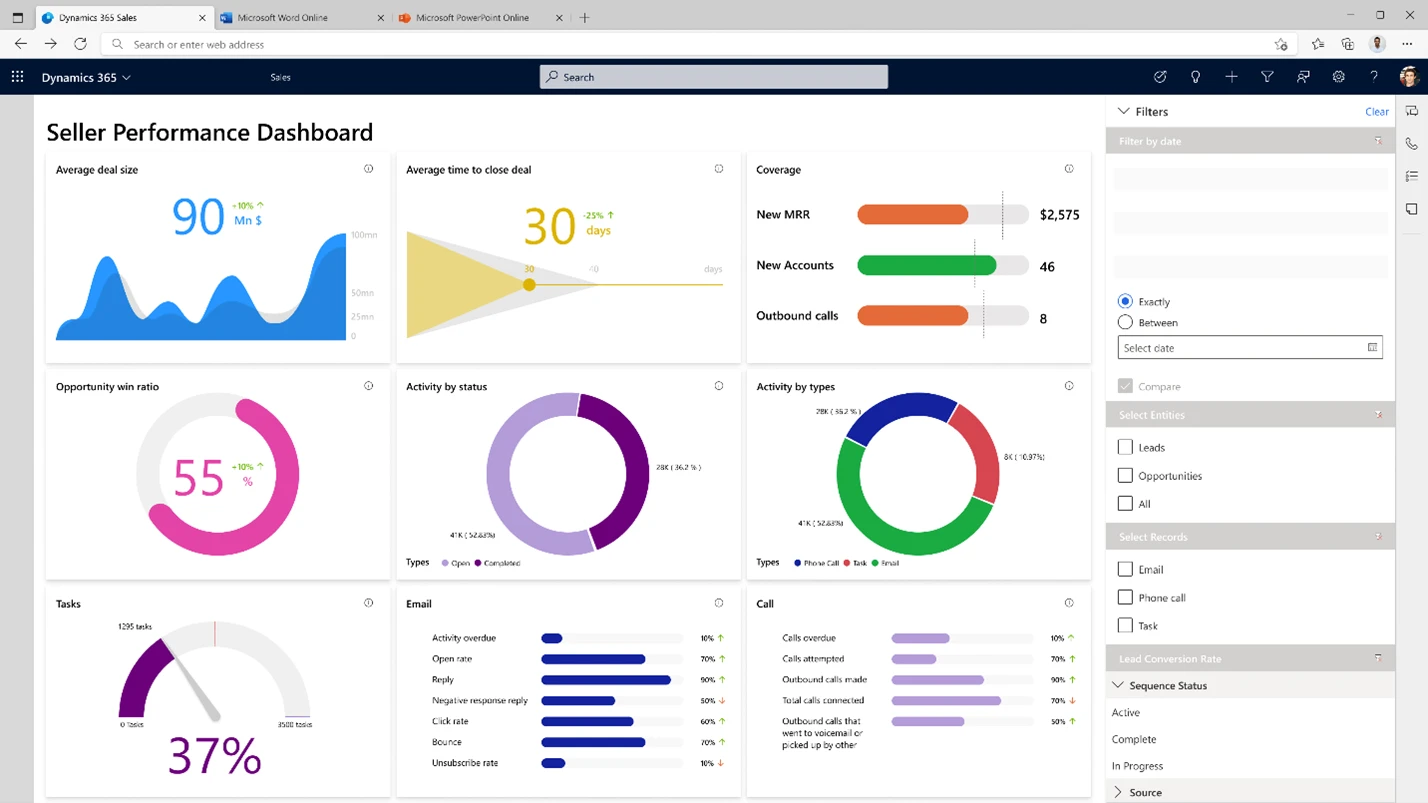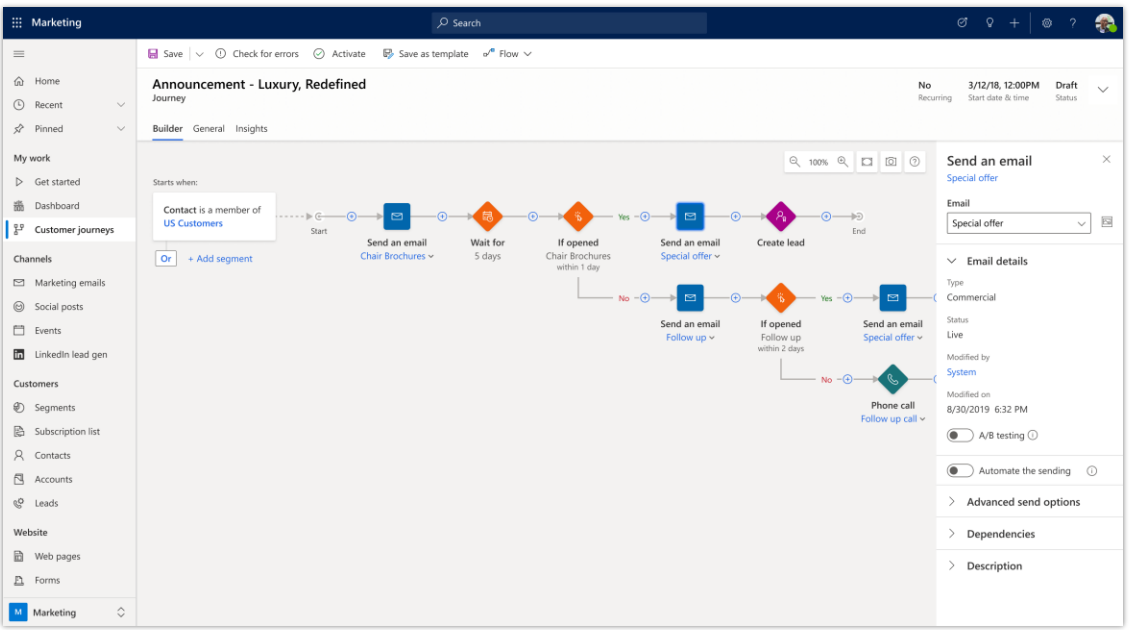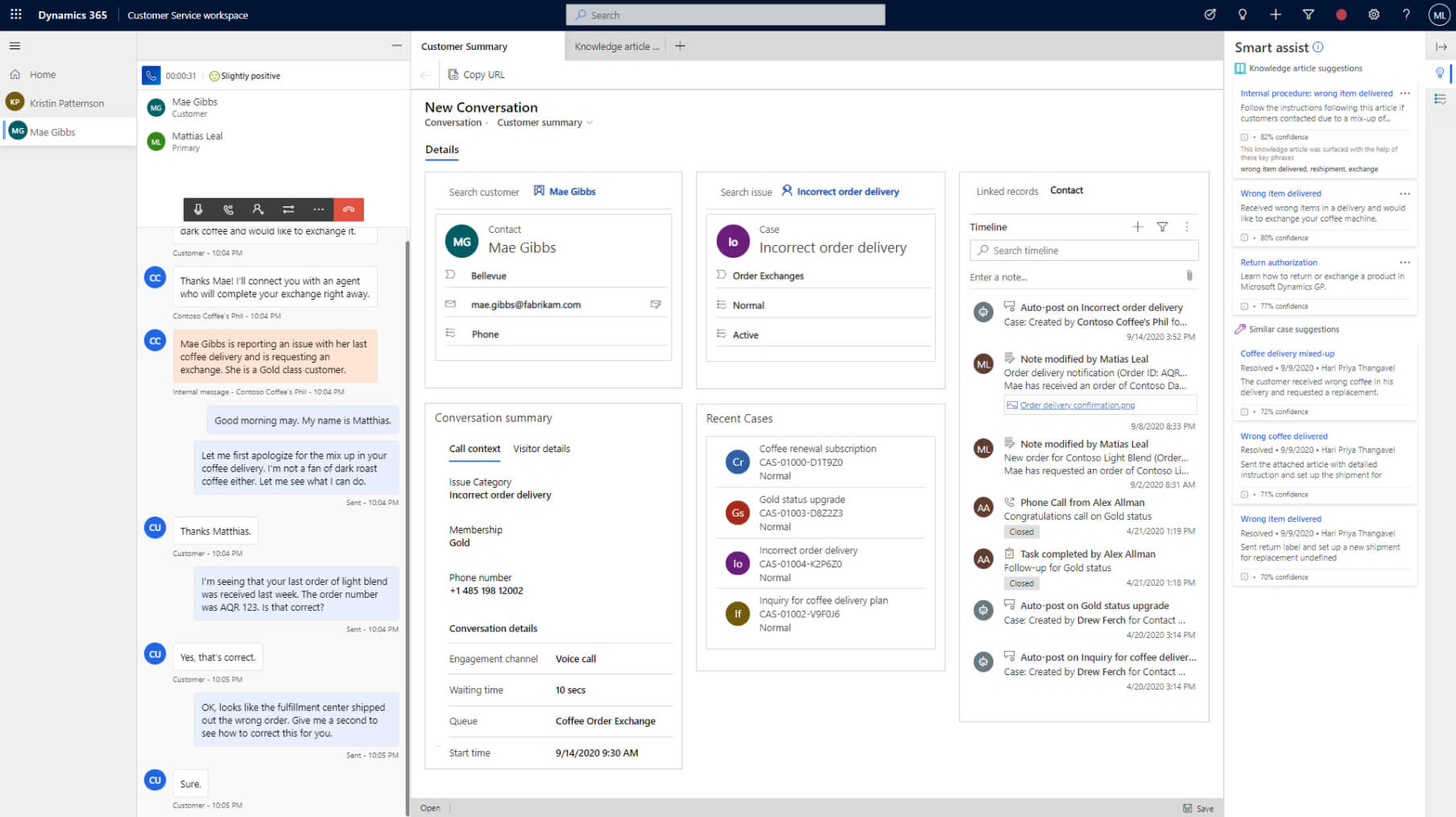In this blog, Simon Jackson, Managing Director of XRM, provides a top-level overview of the three main areas of Dynamics CRM. He also shares some best practice guidance on getting the most from your Dynamics CRM activity.
Client lifecycles typically start with some form of marketing that reaches potential customers. Over time, these prospects become increasingly engaged before being converted into customers by a sales team. In the meantime, current customers usually require some form of support with using the products or services they’ve signed up for.
Sound familiar?
What we’ve just described is a generic lifecycle that most businesses are familiar with. What they may not be so familiar with is the fact Dynamics CRM enhances and supports the client lifecycle across these three areas/modules:
- Sales.
- Marketing.
- Customer service.
Dynamics CRM, or Microsoft Dynamics Customer Engagement as it’s now called following a Microsoft rebrand, is used for on-premise deployment.
For online (or SaaS), Microsoft has enhanced the features of each app and created separate licensing. These apps are prefixed with Microsoft 365, for example, Dynamics 365 Sales, Dynamics 365 Customer Service, Dynamics 365 Marketing, and so on…
All of these apps can sit within a single database, or data verse, and feature numerous innovative integrations that enable all company data to exist in one place. In turn, this makes sharing customers’ details and wider activities knowledge far more efficient organisation-wide.
Area 1: Sales

The sales module has many notable features. However, the key thing to flag here is that there’s a sales pipeline made up of lead, AKA an enquiry, as well as records and opportunities, AKA deals.
Once a lead has been qualified as a potential, it’s converted into an opportunity. At the same time, the CRM is busy working away in the background, creating associated contacts and customer account records.
All opportunities have a sales process that’s commonly-customised to meet clients’ needs. For instance, here at XRM, we regularly enhance sales processes with approval and on-boarding processes.
Microsoft offers different versions of Sales, which come with different licensing fees. For more information, visit: https://docs.microsoft.com/en-us/dynamics365/sales/overview
Area 2: Marketing

Traditional Dynamics CRM marketing is centred around campaign management and marketing lists.
Historically, this approach has frequently fallen short of marketeers’ expectations because sending branded emails and automated customer journeys isn’t practically possible. This is due to the fact creating ‘polished’ branded HTML emails in Dynamics CRM is near impossible. What’s more, it also lacks tracking features, such as delivery and open success rates, as well as clicked links. For years, Click Dimensions was used a third party add-on to help bridge the gap.
However, thanks to the release of the Microsoft 365 Marketing app, the gap has been successfully bridged. The app integrates with organisations’ Dynamics platforms, enabling them to easily perform automated customer journeys, making some of the Click Dimensions features redundant.
For more details, visit: https://docs.microsoft.com/en-us/dynamics365/marketing/overview
Area 3: Customer service

The customer service module revolves around case management and the ability to route and manage cases effectively, with the Microsoft 365 Customer Service app offering numerous useful features and add-ons, such as these1:
- Tracking customer issues through cases
- Recording all interactions related to a case
- Sharing information within the knowledge base
- Using unified routing to efficiently route work items
- Managing conversations across channels, including voice
- Using AI-driven embedded insights and analytics to improve customer satisfaction
- Collaborating with experts within Microsoft Teams
- Creating and tracking service levels through Service-Level Agreements (SLAs)
- Defining service terms through entitlements
- Managing performance and productivity through reports and dashboards
- Creating and scheduling services
- Participating in chats
A quick note on the magic of activities…
The key to successfully using Dynamics CRM is the activities, which can be in the form of tasks, emails, phone calls, appointments, letters and other channels of communication.
Activities can be assigned to teams or users that relate to a specific record, such as lead or opportunity. They usually also link to customers’ contact details and/or account records, providing full visibility of everything that’s happening in relation to that customer across the system.
Meanwhile, out-of-the-box Dynamics CRM allows all users to create and manage their own activities. It’s not uncommon for these activities to form part of a standard process, with workflows being used to automatically create and assign them to the relevant team or user, who can see and manage their outstanding activities system-wide.
It’s also possible for users to see other users’ outstanding activities, providing a company-wide understanding of what’s pending in relation to existing and potential customers.
Activities are a key feature of Dynamics that can help convey who is responsible and what is required or in-progress for a record in Dynamics CRM. They’re also used within the marketing and service apps and are common to numerous key records that exist within Dynamics.
Adoption = Dynamics CRM success
It’s important to note that the most effective CRMs have all of the customer information and activities all in one place. This enables everybody within organisations to easily see what’s happening, which includes the level of engagement the customer has had or is due to receive.
Therefore, it’s essential CRMs are adopted and maintained by every department that’s responsible for communicating with customers. Unfortunately, CRMs that haven’t been fully adopted may struggle to deliver value to businesses.
On the flip side, CRMs that have been adopted instantly become part of the key business processes, providing clear, at-a-glance visibility of all prospect and customer interactions on an organisation-wide scale.
For more insight on Microsoft CRM, including getting more from your existing activity or guidance on getting started, contact us. Simply complete this short form and we’ll be in touch with you soon.
Sources:

Written By: Simon Jackson
With over two decades of hands-on experience with Microsoft Dynamics and an impressive 25-year track record in coding and business solutions consultancy, Simon brings a unique blend of expertise to his clients. His deep-rooted knowledge in Microsoft Technolgies, coupled with his extensive coding experience, equips him with a competitive edge in delivering effective and efficient solutions. Simon's distinguished career has largely been dedicated to serving clients within the financial sector and the burgeoning fintech industry. His client base is diverse and expansive, ranging from startups to established corporations, all of which have benefited from his invaluable insights and solutions. This demand for his expertise is a testament to his adeptness and reliability in the field. Simon's expertise extends beyond Dynamics solutions. He possesses a profound understanding of databases and software integrations, AI, security architectures, and the deployment of multi-country models. His proficiency in these areas ensures he can navigate complex technical landscapes and deliver tailored solutions that align with clients' strategic goals. His proven ability to integrate complex systems while ensuring robust security models stands as a testament to his adaptability and technical prowess.


